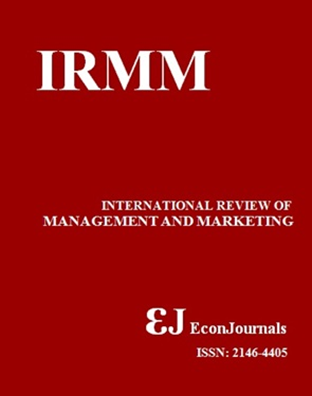Investigating the Dark Side of Social Media Marketing: Case of Cyberbullying on Micro Celebrities
DOI:
https://doi.org/10.32479/irmm.15758Keywords:
Social Media, Dark Side, Instagram, Cyberbullying, Micro-celebrities, Digital Marketing, NetnographyAbstract
A substantial growth of using social media is the new marketing trend in last few years. Influencers are now recognized as new micro-celebrities. So that, marketing professionals are increasingly using them for a better placement of their products. This new trend is considered as the bright side of social media. But, little is known about the dark side. This research investigates the dark side of social media in the particular case of Instagram platform. We focused on cyberbullying as an abusive way usually used by followers in order to highlight the real effects on micro-celebrities. This research innovatively used netnography method to extract and analyse Instagram posts on the official account of one well-known Tunisian micro-celebrity. All contents shared during 3 months by individuals involved in this research were recorded using Nvivo 11.0 for thematic analysis and coding. Results shown that strangely, cyberbullying in Tunisian context doesn’t cause psychological disorder but made the victim viral and famous. It seems that masquerading was provoked by the micro-celebrity to get more followers, more endorsement and more profit. Limitations and future research directions were stipulated.Downloads
Published
2024-03-19
How to Cite
Lefi, L., & Sghaier, S. (2024). Investigating the Dark Side of Social Media Marketing: Case of Cyberbullying on Micro Celebrities. International Review of Management and Marketing, 14(2), 13–22. https://doi.org/10.32479/irmm.15758
Issue
Section
Articles




